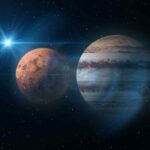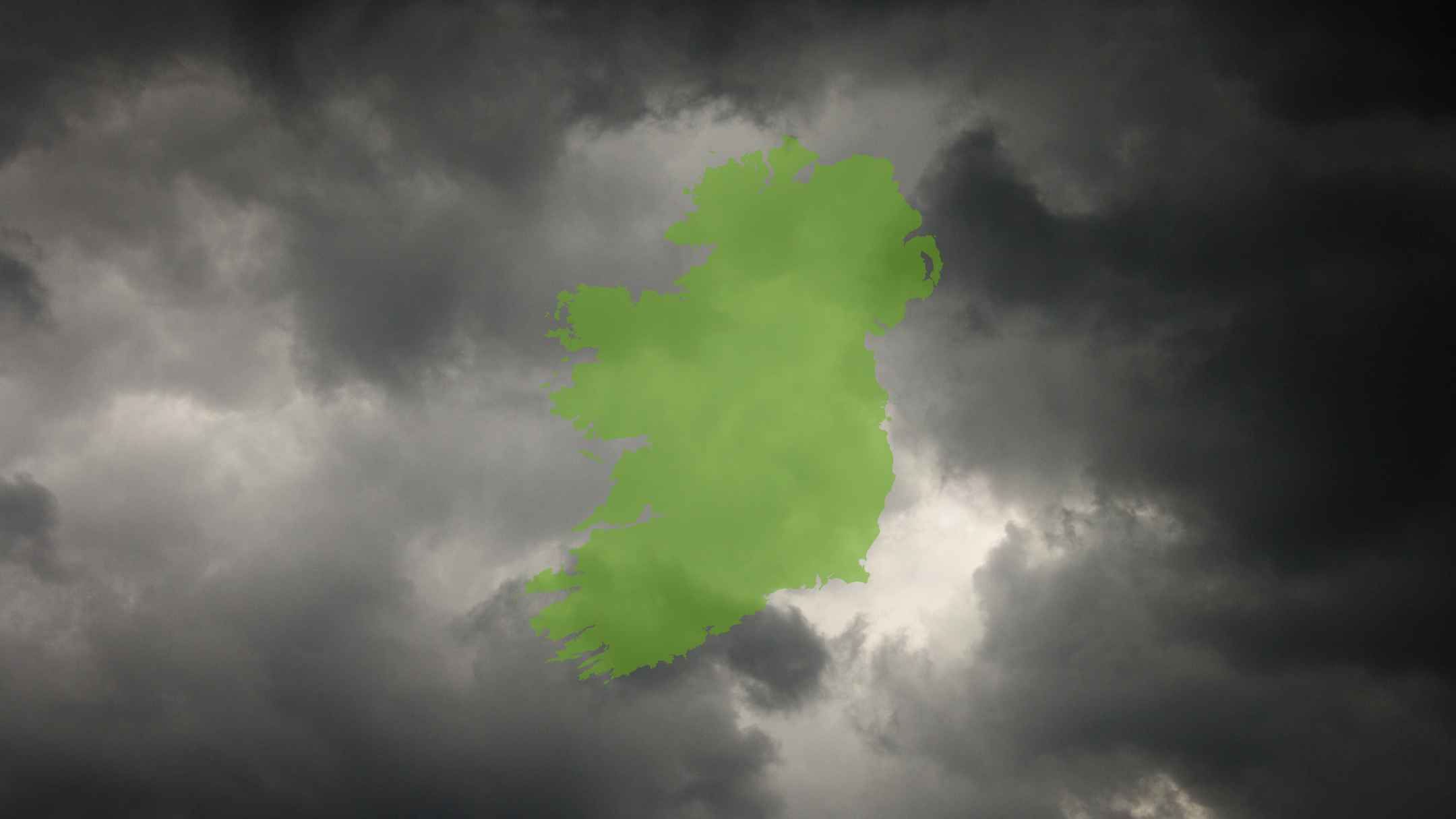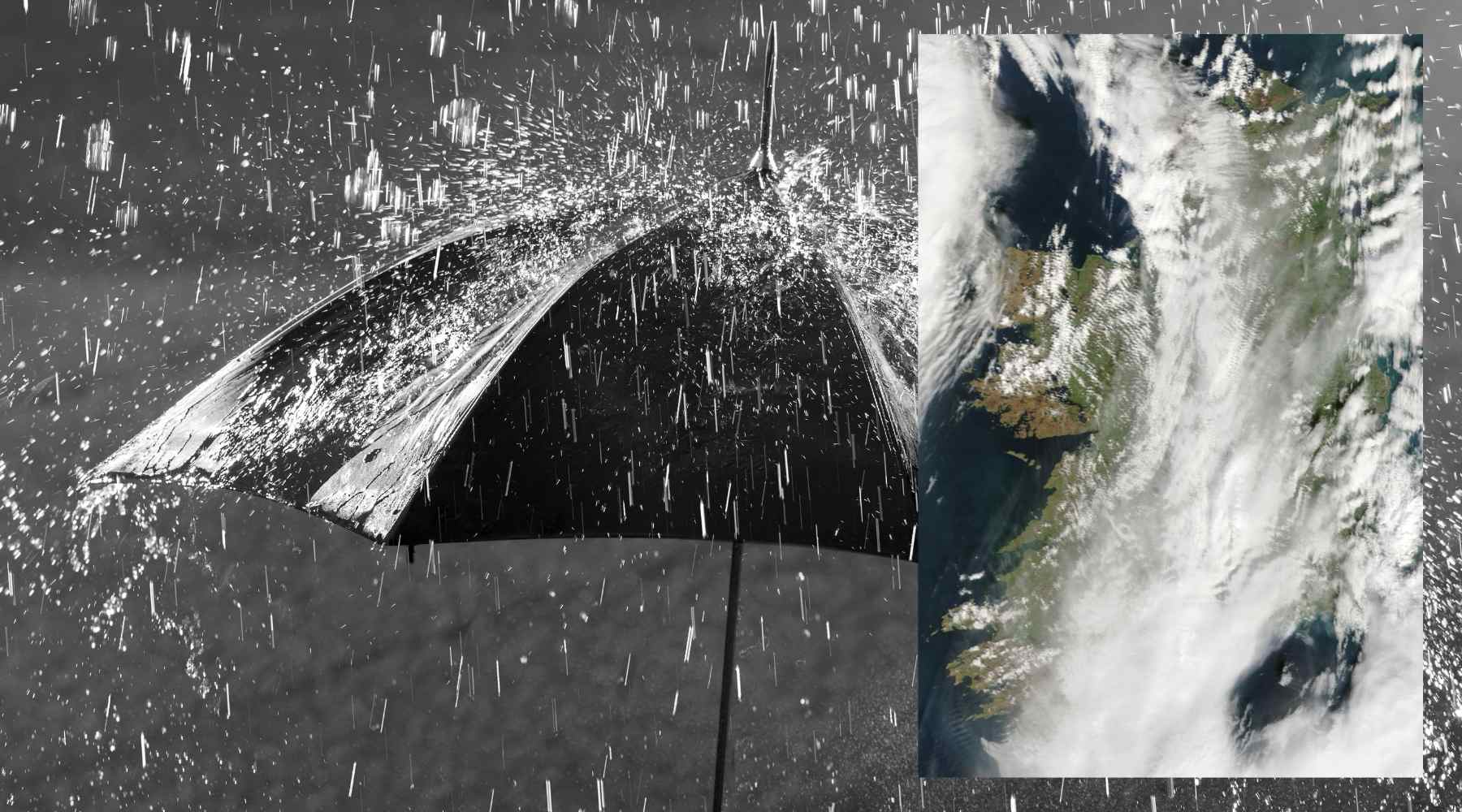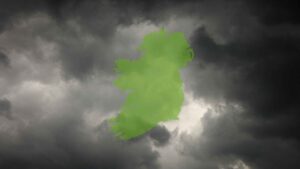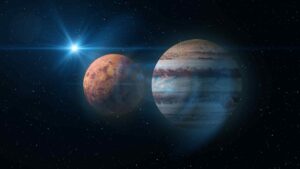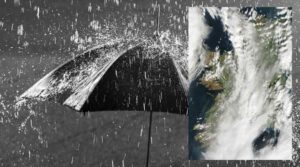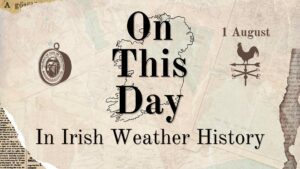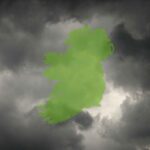
Venus and Jupiter Converge Over Ireland August 11–12
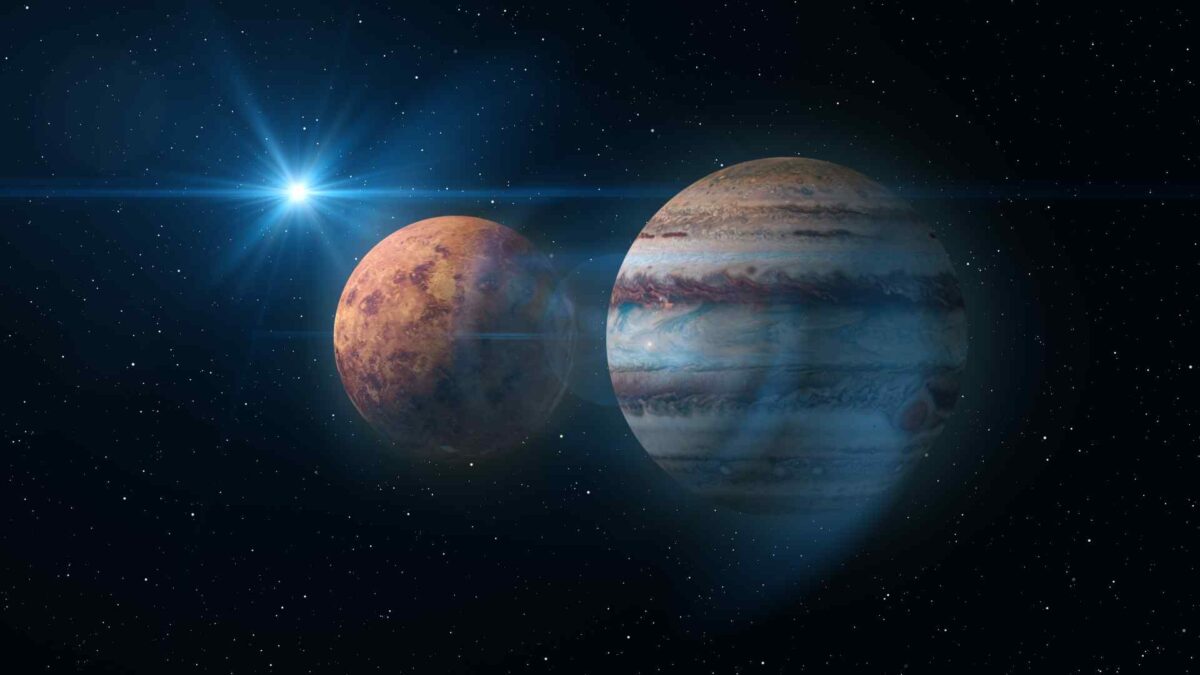
Early risers across Ireland will be treated to a planetary event mid-month as Venus and Jupiter, the two brightest planets in the night sky, move into close alignment.
The conjunction will be visible in the eastern sky before sunrise over several mornings, with the closest approach occurring on August 11 and 12. During this time, the planets will appear just one degree apart—roughly the width of a fingertip held at arm’s length.
Venus will shine more brightly and appear just below Jupiter in the dawn sky. The pair will rise low in the east-northeast around 4.30am and remain visible until about 5.30am, depending on local conditions. No telescope is needed, although binoculars or a small scope will enhance the view.
The planets are not physically close in space but appear near each other from Earth’s perspective. At the time of conjunction, Venus will be about 100 million kilometres away, with Jupiter over 700 million kilometres from Earth.
The conjunction takes place during an especially active period for skywatching in Ireland, with two other significant celestial events occurring just before and after the planet pairing.
The full Sturgeon Moon will rise over Ireland on the morning of Saturday, August 9, at approximately 8:54am. This traditional name, rooted in Native American seasonal patterns, refers to the time of year when sturgeon were most readily caught in North American lakes. While not a so-called supermoon, August’s full moon will still be a striking sight, though it will appear slightly smaller than July’s, which occurred when the Moon was closer to Earth in its orbit.
Following the conjunction, the annual Perseid meteor shower is expected to peak overnight on August 12 and into the early hours of August 13. The Perseids, caused by debris from Comet Swift-Tuttle, are one of the most anticipated meteor displays of the year. Under dark, clear skies and away from light pollution, observers may see up to 100 meteors per hour at peak activity.
However, the brightness of the nearly full moon may reduce visibility of fainter meteors this year. Despite that, the brighter Perseids should still be visible and worth watching, especially in the hours after midnight when the Moon is lower in the sky.


